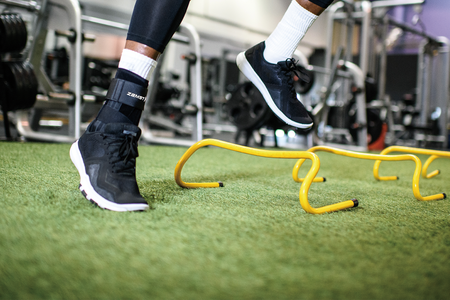With the increase in popularity in running half marathons and marathons, there has been an influx in the prevalence of lower extremity stress fractures. In any given year, approximately one in five runners will sustain a stress fracture which translates to nearly 2 million stress fractures annually. It doesn’t matter your background or fitness level, anyone call fall prey to this overuse injury.
What is a stress fracture?
A stress fracture is a small, hairline crack in bone most often seen in the foot or the legs. These fractures are an overuse injury and are commonly seen with an increase in frequency and/or intensity of an activity. When these bones are subjected to a new stress, such as a new exercise routine, new surface area, or more activity than they are used to, they may not be well adapted and as a result they may crack under the new stresses being applied.
Signs and symptoms of a stress fracture:
- Aching or burning localized pain along the bone
- Point tenderness in the affected area
- The pain will typically get progressively worse as you run or do activity on it
- Pain will eventually progress to hurting while walking or any weight bearing activity
- If the stress fracture is along a bone such as the tibia (shin bone) or the femur (thigh bone), the muscles around it will also feel tight.
- If a stress fracture is caught early on, it is also known as a stress reaction and may only require a few weeks rest.
Why are stress fractures so common in runners?
It is believed, but not always the case that runners get stress fractures because the high impact forces associated with running can cause the bones to break down. In a study of 320 athletes with stress fractures, only 20% of the stress fractures could be related to an increase in running mileage and/or the transition to training on a hard surface.
In many cases, stress fractures are not the result of weak bones but are the result of various biomechanical and functional factors. Although bone is a strong and adaptable tissue in the body, it can take a little longer to adapt to the frequency and intensity of an activity.
It is extremely important to take care of yourself as you increase the frequency and the intensity of your running activities to allow for your body to adjust accordingly. The best thing a runner can do is listen to their body, it knows what it needs. And when it needs rest, that is the best thing to give it….it will be better in the long run.






